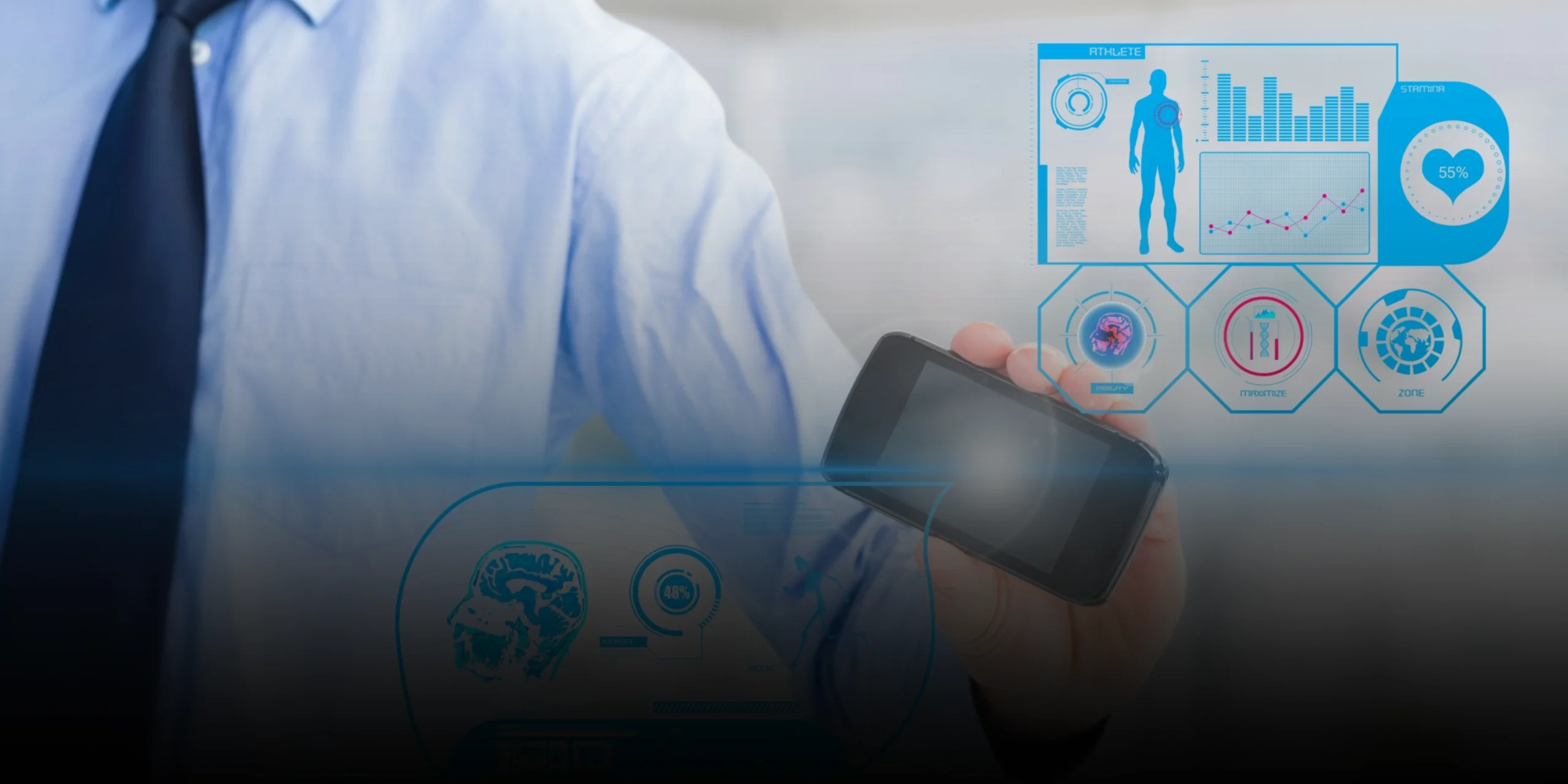December 11th, 2024
Category: Internet of Things
No Comments
Posted by: Team TA

IoT emerges as a beacon of hope as healthcare systems struggle with the challenges of aging patients, rising healthcare costs, and the need for accessible and personalized care. With its capacity to bridge geographical gaps and offer real-time insights, IoT is revolutionizing remote health monitoring and transforming how we approach patient care. Remote Patient Monitoring (RPM) or Telehealth is an ambulatory healthcare system that allows patients and doctors to use IoT-connected portable medical devices. These devices track essential information and analyze data in real time, providing effective healthcare services promptly. According to Grand View Research, the global market for remote patient monitoring is expected to expand at a CAGR of more than 17% between 2021 and 2028, indicating growing popularity and recognition of its significance.
In this article, we will explore the innovative ways in which IoT is changing the healthcare industry, transforming how we manage chronic conditions, respond to emergencies, and promote overall well-being.
1. Wearable Devices for Vital Sign Monitoring
Wearable devices such as smartwatches and fitness trackers utilize built-in sensors to collect real-time vital signs and activity data. For example, the Apple Watch uses photoplethysmography (PPG) sensors to measure heart rate by detecting changes in blood flow under the skin. Furthermore, accelerometers track movement patterns, and some advanced models include blood pressure monitoring technology like Withings’ ScanWatch. These devices synchronize data with companion apps, allowing users to monitor their health trends and healthcare professionals to access comprehensive insights for informed medical decisions.
2. Smart Scales for Health Tracking
Smart scales play a vital role in health tracking by monitoring weight fluctuations, especially in conditions like heart failure and obesity. Research indicates that frequent self-weighing with smart scales can lead to more successful weight management. In heart failure patients, tracking sudden weight gain is crucial, as a 2.2-pound increase may signal a fluid buildup. This can reduce the risk of hospitalization by 70% and the risk of death by 40%. (Source: American Heart Association)
3. Connected Glucometers for Diabetic Care
IoT-enabled glucometers empower diabetic patients to remotely monitor their blood sugar levels. These devices seamlessly transmit data to mobile apps or cloud platforms, granting both patients and healthcare providers real-time access to crucial information. The advantages include early detection of anomalies, reduction in emergencies, and data-driven insights that help patients make informed dietary and medication decisions.
4. Medication Adherence
Patients using RPM are reported to have a 76% patient engagement rate, indicating the effectiveness of IoT-enabled solutions in keeping patients involved in their care. IoT revolutionizes medication adherence through smart inhalers and medication dispensers. These devices are equipped with sensors that track usage patterns, transmitting data to connected platforms. Patients receive reminders to take medications, while healthcare providers can monitor compliance in real-time.
5. Remote ECG Monitors for Cardiac Health
Remote ECG monitors excel in detecting cardiac irregularities by continuously recording heart rhythms. These devices, like the AliveCor KardiaMobile, enable users to capture ECG readings via a smartphone app. The data is then shared with doctors for analysis and prompt intervention. This technology empowers individuals to identify arrhythmias like atrial fibrillation early, facilitating timely medical attention and potentially preventing adverse events like strokes.
6. IoT-Powered Pill Bottles
IoT-connected pill bottles send reminders to patients’ devices, ensuring timely medication intake. The bottles also track usage patterns, sharing data with healthcare providers. This fosters a comprehensive view of patient compliance, enabling interventions when needed. By seamlessly integrating technology into daily routines, IoT-connected pill bottles mitigate forgetfulness, promote consistent medication schedules, and ultimately lead to better health outcomes through improved adherence to prescribed treatments.
7. Revolutionizing Elderly Care with IoT
Approximately 90% of seniors would prefer to age in place at home rather than move to a healthcare facility. RPM allows for effective chronic disease management, enabling seniors to maintain their independence while staying connected to healthcare professionals.
Smart home setups are pivotal in safeguarding elderly individuals’ well-being. IoT-equipped homes employ sensors to detect falls, monitor movements, and even analyze daily routines. In case of a fall, alerts are sent to caregivers or emergency services. Continuous tracking of movement patterns enables anomaly detection, offering insights into potential health issues.
8. Tracking Sleep Patterns for Better Sleep Management
IoT devices play a pivotal role in monitoring sleep patterns and addressing sleep disorders. Devices like the Oura Ring track parameters such as heart rate, body temperature, and movement to analyze sleep stages. This data offers insights into sleep quality and helps identify disorders like sleep apnea. With continuous monitoring and data-driven analysis, individuals and healthcare professionals can devise personalized interventions for improved sleep and overall well-being.
9. Timely Fever Detection Using IoT
Smart thermometers integrated with IoT technology can precisely track fever progression. For instance, Kinsa’s smart thermometer connects to an app, recording temperature readings and symptoms. If fever trends indicate a potential health concern, the app notifies healthcare providers. This timely data sharing enables quick medical attention, aids in accurate diagnosis, and enhances patient care, especially in cases of infections or illnesses that require immediate intervention.
10. Monitoring Environmental Factors for Respiratory Health
IoT-based environmental sensors play a critical role in monitoring factors like air quality. These sensors detect pollutants, humidity levels, and allergens in real-time. For patients with respiratory issues like asthma or COPD, poor air quality exacerbates symptoms and health risks. IoT sensors provide continuous, accurate data that allows patients and caregivers to make informed decisions, such as avoiding polluted areas or adjusting medications. This proactive approach improves patient well-being by minimizing exposure to harmful air pollutants and enabling better management of respiratory conditions.
In Summary
The diverse applications discussed in this article highlight the potential of IoT to enhance healthcare accessibility, accuracy, and patient outcomes. From wearable devices to real-time data analytics, the possibilities are vast. As the healthcare landscape evolves, embracing IoT solutions becomes indispensable. To harness these advancements and tailor them to your healthcare requirements, connect with us, a leading IoT app development company.